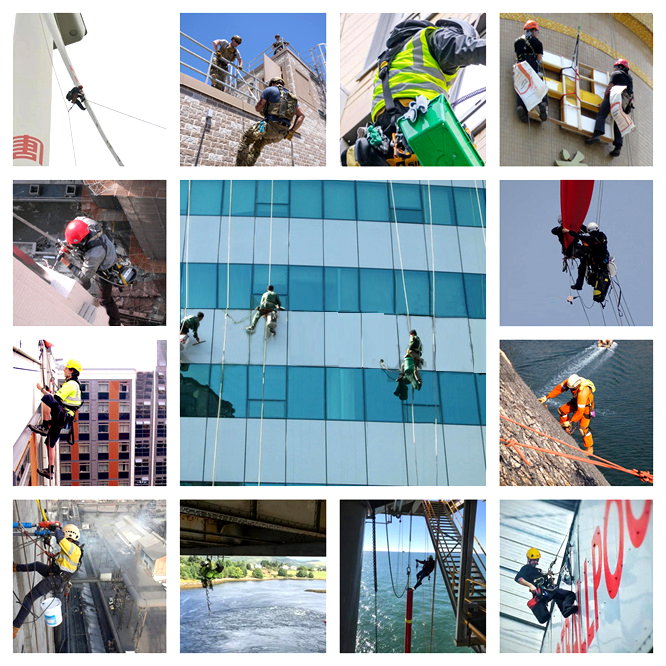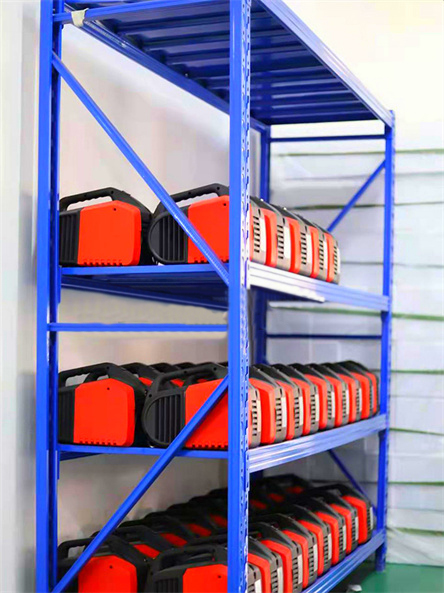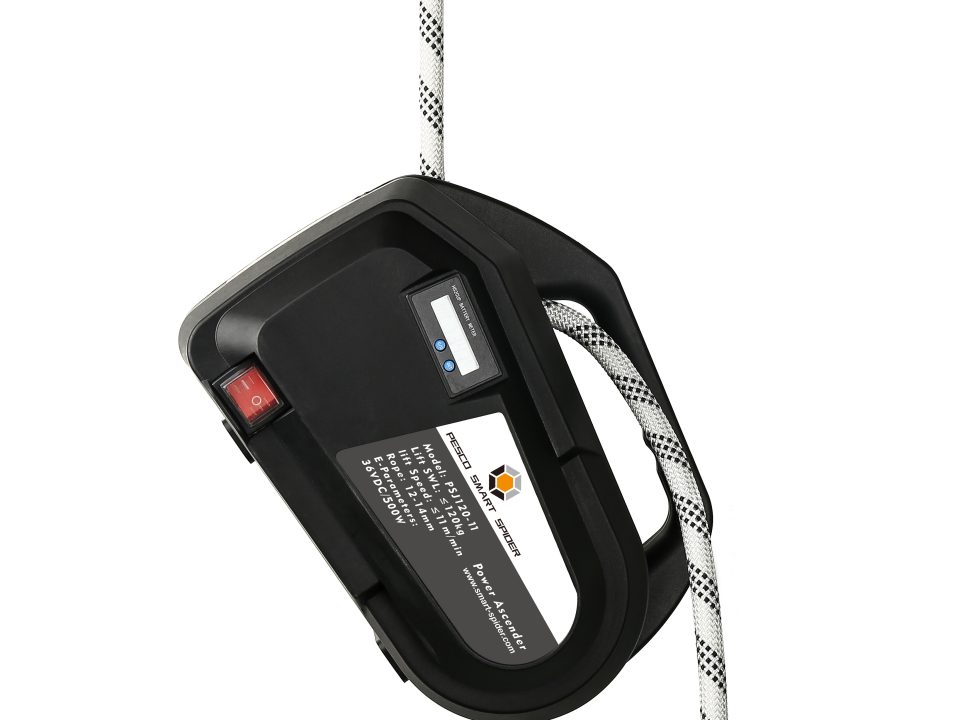
New standard for home safety: PESCO Smart Spider Lift PSJ120-14, making aerial work easy at home
04/01/2025
PESCO PSJ 120-20 dual-mode transport equipment: intelligent load-bearing system and safety redundancy design reshape the boundaries of high-altitude operations
04/11/2025Between the glass curtain walls of urban high-rise buildings, high-altitude cleaning operations are always accompanied by safety risks. In traditional operations, workers rely on hanging baskets, ropes and handheld tools, facing hidden dangers such as strong winds and aging equipment. The emergence of PESCO Smart Spider Powered Ascending Device PSJ120-11 has taken high-altitude cleaning safety to a new level through technological innovation.
The core advantage of this device lies in multiple safety guarantee mechanisms. Traditional equipment relies on a single braking system, while PSJ120-11 is equipped with a triple braking system of electromagnetic braking, mechanical locking and emergency self-locking. Electromagnetic braking ensures precise and controllable daily lifting; mechanical locking is immediately activated when power is off; and the emergency self-locking device can automatically lock when the fuselage tilts or moves abnormally. In actual cases, when the equipment encounters sudden gusts, the wind speed sensor triggers the safety threshold, stops the operation instantly and remains in a hovering state, providing reliable protection for the operator.
Another key to safety performance is the intelligent environmental perception capability. The device has a monitoring system composed of sensors such as wind speed, load, and angle, which collects operating environment data in real time. Facing the curved curtain wall of the Burj Al Arab in Dubai, the equipment can automatically adjust the angle of the cleaning arm and actively reduce the pressure when encountering decorative structures to avoid damage to the wall. This dynamic adaptability transforms the risks of relying on manual judgment in traditional operations into a safe process of automatic system control.
Humanized design further enhances safety and reliability. The emergency button on the control panel has a one-key return function. After being triggered, the equipment automatically returns to the anchor point along the preset safe path to avoid potential errors in manual operation. Before each operation, the system automatically detects key indicators such as battery status and rope wear, and refuses to “run with illness”. A practitioner said: “The risks that required experience judgment in the past are now all quantified and controlled by the system.”
The actual application of the equipment has verified its safety value. In the Lujiazui high-rise building complex in Shanghai, PSJ120-11 has maintained a zero accident record for three consecutive years; in the windy areas of Southeast Asia, the equipment realizes remote monitoring through the cloud system and promptly interrupts dangerous operations in heavy rain. Its stable performance is changing the industry’s perception of high-altitude safety – from passive protection to active prevention.
Through technological innovation, PSJ120-11 transforms high-altitude cleaning safety into a quantifiable and controllable system engineering. Triple braking, intelligent sensing, automatic protection and other functions build a three-dimensional safety network, which not only protects the life safety of operators, but also reduces the risk responsibility of building owners. When the equipment moves regularly along the facade of the building, it not only demonstrates the cleaning efficiency, but also the solemn commitment of modern technology to life safety.



